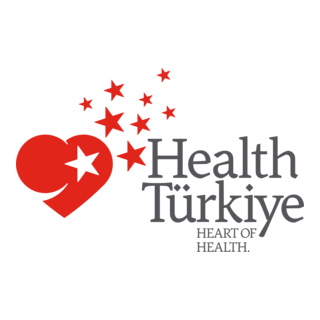Rhinoplasty
Rhinoplasty, also known as nose job, is a surgical procedure performed to alter the shape of the nose. This operation can be done to correct deformities in the nose, address congenital defects, improve the physical appearance of the nose, or in some cases, to ease breathing problems. In certain situations, rhinoplasty may be chosen to improve both respiratory issues and appearance.

How Is Rhinoplasty Performed?
First, a plan is made based on the patient’s desires. The patient’s expectations are discussed, and a decision is made regarding the desired shape of the nose. After the decision is made, the procedure begins.
Before the surgery, general anesthesia is administered to the patient. The surgeon determines the location of incisions based on the preferred technique for rhinoplasty (open or closed). In open rhinoplasty, a small incision is made outside the nostrils, while closed rhinoplasty involves incisions inside the nostrils. Through these incisions, the surgeon accesses the nasal tissue. The surgeon reshapes the nose by cutting the nasal bones or cartilage tissue. At the end of the surgery, stitches are placed around the nose to maintain the new shape, and a splint or cast is applied. Approximately one week later, the nose cast and stitches are removed.
Rhinoplasty Aftercare
After a nose operation, patients are typically discharged within one day. Patients who have undergone rhinoplasty should pay close attention to their diet, avoid smoking, and protect their noses from injury. To reduce bleeding and swelling, it’s important to rest in a position where the head is elevated higher than the chest. For at least four weeks after the surgery, glasses or sunglasses should not put pressure on the nose. Glasses can be taped to the forehead until the nose heals. When outside, especially on the nose, a sunblock with at least SPF 30 should be used.
Is There an Age Limit for Rhinoplasty?
Rhinoplasty surgery is not typically recommended for adolescents who have not completed their development. While surgery can be performed at a young age for nasal function issues, it is preferred to wait until the age of 18 for aesthetic rhinoplasty.
How Long Does Rhinoplasty Surgery Take?
The duration of rhinoplasty surgery can vary depending on the patient’s condition, the scope of the surgery, and the surgeon’s experience. However, the surgery typically lasts between 1 to 4 hours.
What Is Non-Surgical Rhinoplasty?
Non-surgical rhinoplasty is an option for individuals with asymmetrical noses or those with a low nasal tip. This procedure does not involve any intervention in the nasal bones. It only changes the shape of the front part of the nose using filler materials.
How Long Does It Take for the Nose to Heal After Rhinoplasty Surgery?
The complete healing time can vary from person to person, but it generally takes several months to see the full results of rhinoplasty. During this period, following your surgeon’s recommendations is crucial for the healing process.
Does Rhinoplasty Cause a Lot of Pain?
The level of pain can vary from person to person. Patients with a thick and challenging nasal structure may experience more bruising and swelling compared to those with a relatively easy-to-operate nose. However, any minor bruising that occurs usually resolves within a week.
Is Photoshop Used Before Rhinoplasty Surgery?
Before rhinoplasty, a patient’s nose is typically photographed, and the patient’s input is used to make Photoshop adjustments to help determine the desired nose appearance.
Does Rhinoplasty Change Facial Expression?
Since the nose is located in the center of the face, it plays an important role in defining facial expression. Therefore, changes made to the nose can alter the overall facial expression. However, the entire face is a unified whole, so rhinoplasty alone may not dramatically change the entire facial expression.
What Is Revision Rhinoplasty?
After aesthetic nose surgeries, anatomical problems like deviations and asymmetry, functional issues like nasal congestion, and cases where the visual results are not as desired may require further surgical interventions. These additional surgeries are referred to as “revision” rhinoplasty.

















